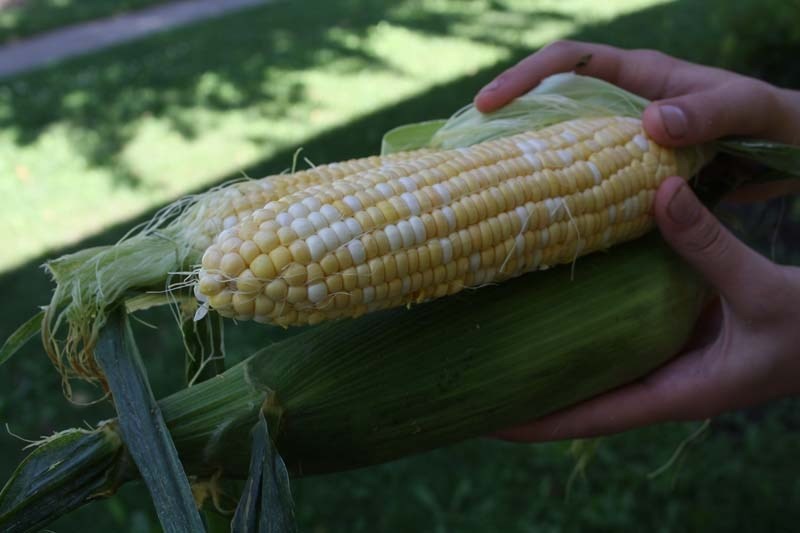Food prices have been on the rise for some time, with recent data from Canadian Press showing that consumers paid 9.4 per cent more for meat and 9.5 per cent more for fresh vegetables than they did last year at this time. The increase has prompted many to look for ways to save money on their grocery budget.
For some, using grocery coupons or buying pre-packaged multi-bags of potatoes and apples instead of single units helps ease the cost (by about 30 per cent according to Shop Smart magazine), but others head to the outdoor farmers’ markets, now starting to bring the freshest of mid-summer harvests to their stalls. There’s also community supported agriculture programs (CSAs), which allows for weekly pick-up or home delivery of fresh-grown edibles from area farms on a subscription basis.
“There’s a new interest in growing your own food – the garden to plate idea of fresh and local herbs and vegetables,” said horticulturalist Tam Andersen, whose Prairie Gardens & Adventure Farm offers u-pick fruits and vegetables and the CSA farm-to-door delivery of the freshest beans, tomatoes, lettuces, potatoes, corn, pumpkin – whatever is in season. Subscribers pay about $650 for a 16-week season, providing enough for a family of four and averaging about $1.50 a day per person.
Andersen acknowledges that CSAs aren’t necessarily the cheapest way to go, but they offer what grocery stores cannot, with little waste.
“Nothing compares to a home grown tomato – it’s instant reward. We can grow sweet, wonderful strawberries here too, and if you plant a Nantes carrot – sweet, crunchy and coreless – it’s just the best ever,” she added.
Don’t forget local community gardens where you can grow a plot of veggies at a small cost, or container gardening, which allows even condo and apartment dwellers to grow tomatoes or herbs on a sunny balcony. But starting a home garden is the simplest way to save, according to local gardener Derrick Harrison. Growing vegetables in his home plot for decades, Harrison said there’s always savings on easy-to-grow lettuces, peas, beans and tomatoes. Stay away from tropical foods though, he said, or the savings can be lost.
“If you buy a banana plant and expect to get bananas from it, it’ll be a waste of money,” laughed Harrison.
Indeed, moneycrashers.com says that buying any produce out of season, or that travels far distances to get to the store, is a money-losing proposition. Stick to what’s in season, like apples and pears in the fall, and strawberries and grapefruit in the spring, the website reports.
Still, local gardeners are always tempted to go beyond the usual green onions, peas and beans. “Everyone is growing their own kale – that’s still hot, but this year, it’s all about sweet potatoes,” added local gardening expert Jim Hole.
And when you have an abundance of produce at peak season – perhaps a garden chock-full of zucchini – think of the freezer as your friend. While the higher the water content of a fruit or vegetable means the less likely it will freeze well, consider adding moisture-rich produce to smoothies or in soups, casseroles or desserts. And don’t forget the grocery store freezer either. Frozen veggies are always cheaper, and you can take out only what you need, avoiding waste.



